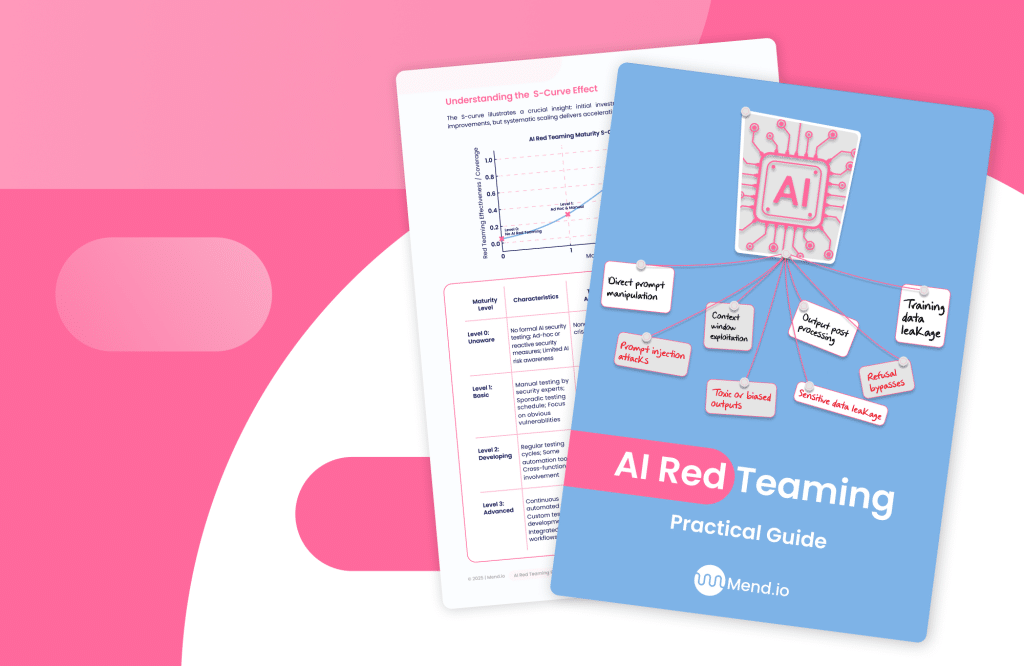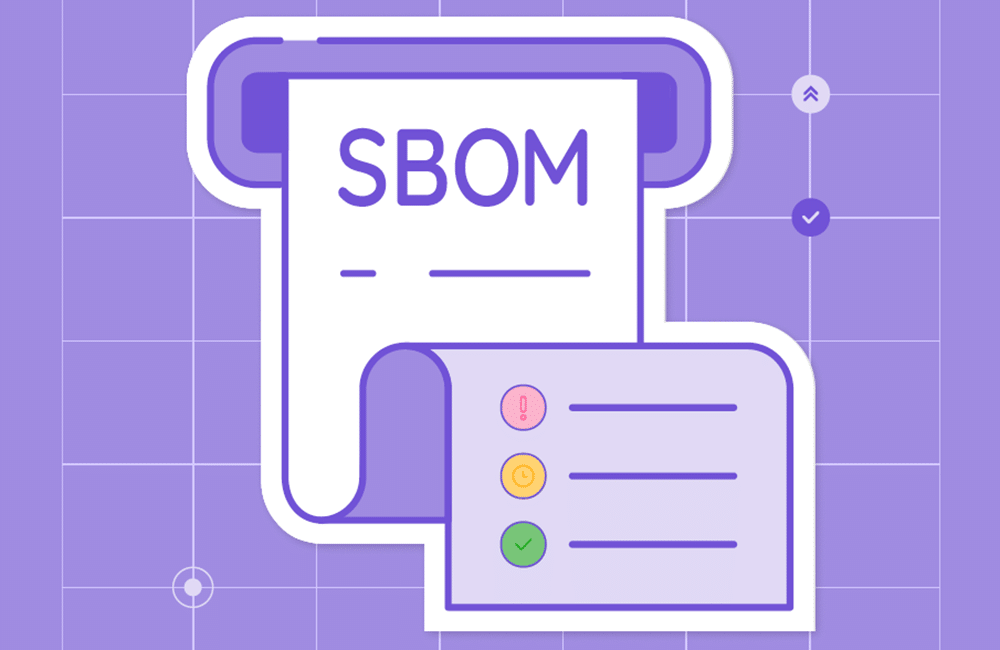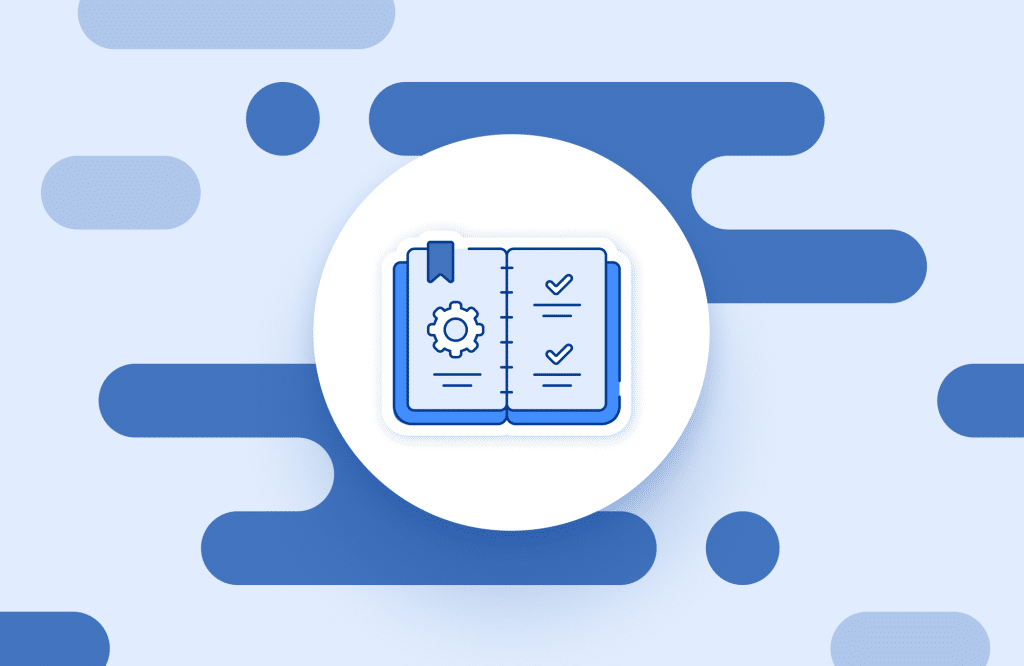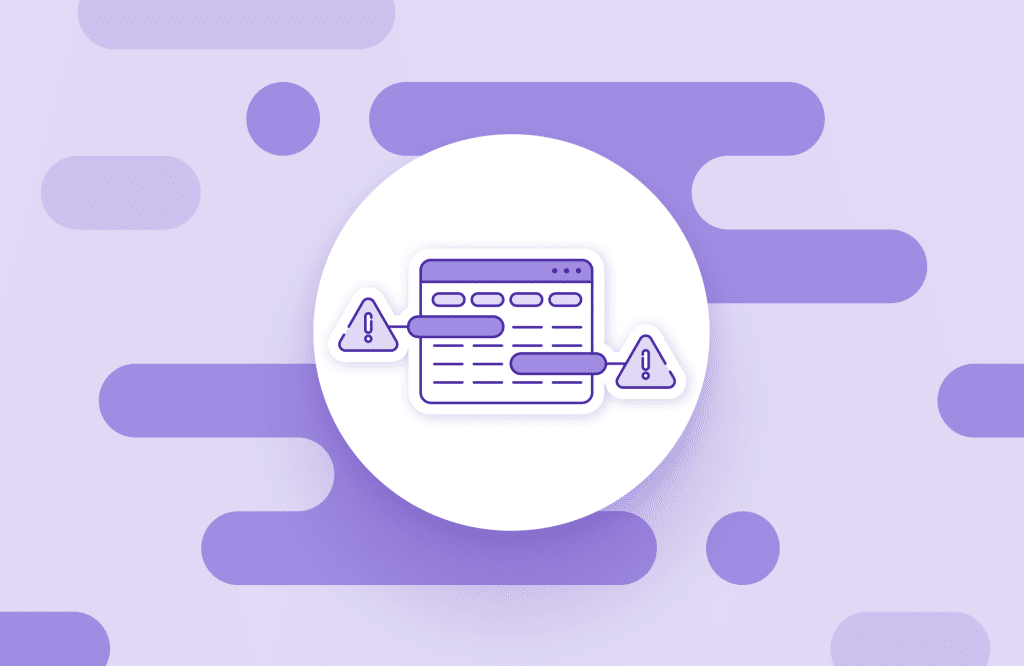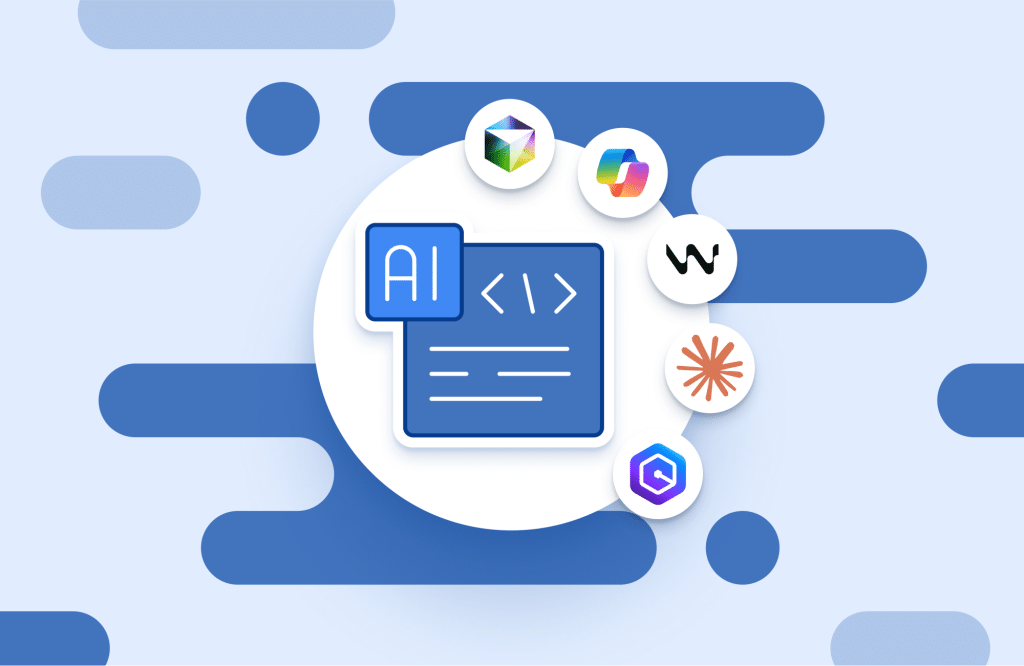Table of contents
Container Security Scanning — Top Tools You Should Already Be Using

Containers have been one of the hottest trends in the software industry in recent years as more organizations turn to them to build, test, and deploy faster without the frictions that can come from changing environments. However, while tools like Kubernetes and container registries have become household names for developers because they make it easier to develop and deploy containers, many are still catching up on the need to integrate Container Security Scanning solutions to secure applications throughout the container lifecycle.
In working with containers, we need to recognize that they face a different range of threats from other sorts of software — from docker container vulnerabilities to orchestration-level misconfigurations that can compromise microservices security. Don’t get me wrong, they have their own set of pluses that make them a valuable arrow in any developer’s quiver, but the trick is knowing how to work safely with them as well.
Let’s try and explore some of the ups and downs that we may face in working with containers from a security perspective and then think about what are some of the container security scanning tools that may help us mitigate these potential threats. This blog post is part of a series about container security.
Challenges to container security scanning
Despite the advantages offered by containers, their use comes with challenges that need to be taken into account.
To start, containers present attackers with a larger attack surface to target.Containerization has specific structural and operational elements that require special attention — mainly the shared kernel architecture and host dependencies that demand hardening at both the Docker and orchestration layers through kubernetes security best practices.
A key area of concern is that there is a lack of visibility which can obscure vulnerabilities, thus making it harder to remediate when necessary. This is why continuous container scan integration into build pipelines has become essential to identify and prioritize exposure early.
In containerized environments, images are constantly added to the organization’s private registry or hub, and containers running the images are spun up and taken down. This flux of alternating runtimes means that images or containers that are not in use at the time of a scan at the Kubernetes stage will be harder to identify. Therefore, it necessitates performing docker image scanning and policy validation earlier in the build process to ensure vulnerabilities and outdated dependencies aren’t missed.
So what are some of the tools that can help us to make sure that nothing dangerous gets through unnoticed? Here is a list of the top 5 tools that we think are useful and should become a part of your go-to for thinking about container security scanning tools. Teams that regularly update Docker images as part of their CI/CD workflows reduce their exposure window dramatically and maintain cleaner registries.
#1 Alcide
As noted above, Kubernetes has been the talk of the town for some time now, reigning supreme as the orchestration tool of choice for those working with cloud-native applications, so basically everyone.
The good folks over at Alcide want to help you keep the beating heart of your Kubernetes workflow pumping with their platform. Their Kubernetes Advisor provides a solution for scanning, configuring, and generally gaining better visibility over your Kubernetes cluster for better control and security.
The Alcide team also puts a strong emphasis on allowing admins to set permissions based on the principle of least privilege — a cornerstone of kubernetes security and container security best practices.
#2 Portshift
This CI/CD pipeline solution for integrated digital identity offers a robust container security scanning tool for controlling application processes in your Kubernetes clusters. Their technology creates a unique ID for each workload that they say is independent from traditional markers like IPs and others so that you can be sure that every workload really belongs in your CI/CD pipeline. It is kind of like giving out badges to employees at an organization, combining DevSecOps with a Zero-Trust model that we generally see in network security solutions.
Their identity-based solution provides visibility into Kubernetes containers and pods, allowing teams to enforce security policies throughout the Kubernetes pipeline — aligning identity control with Docker container security and Zero Trust access principles.
#3 Anchore Enterprise
This container security scanning tool works to provide its users with strong governance and compliance capabilities, doing a deep dive with their analysis of container images and allowing admins to set the policies they need to keep their software secure.
Mixing a wide range of threat intelligence with role permissions controls, Anchore’s enterprise CI/CD offering is a beast of a package with options of unlimited users and up to 50 image repos, making it more than enough for most outfits. They also provide service for both on-prem and public cloud users, giving the flexibility that many are likely to find appealing — particularly for teams scanning large image registries for container vulnerability and enforcing compliance across hybrid environments. For the folks from legal, Anchore has compliance in mind for a variety of standards including NIST and CIS, with easy reporting to make this less of a headache than necessary. Oh, and of course they help to secure your Kubernetes.
Interestingly, and endearing to us, they also have an open source project that works with many of the same functions that are available in the enterprise version.
Integrating Anchore with runtime-focused container security tools helps close the gap between image scanning and production enforcement.
#4 Clair
Last but certainly not least is Clair, the open source project that helps teams by providing a static analysis to find vulnerabilities in their Docker or appc containers.
Static analysis tools like SAST have become common in AppSec, but container-specific scanners like Clair go further by detecting docker image security flaws and configuration weaknesses at the image level. However, these technologies can be quite pricey and are not always built with containers in mind so it is great to have an open source option available.
Clair draws data from a range of vulnerability sources, constantly updating as new issues arise. There are also a number of useful integrations with other open source projects that make working with Clair as one of your container security scanning tools even easier, including a few container registries like Quay.io and Dockyard.
Check out their GitHub page for more information or to try it out for yourself.
So What?
No matter which tools you choose, remember to follow container security best practices throughout development to minimize risk and avoid preventable security debt. Containers help us work faster and more efficiently, but it is still up to us to make sure that we work with them securely.
Clair’s integrations with registries and CI/CD systems make it a strong complement to continuous Container Security Scanning pipelines and other open-source vulnerability detection frameworks. Whether you’re managing docker container vulnerabilities or implementing kubernetes security best practices, consistent scanning, remediation, and visibility are the foundation of secure cloud-native development.
